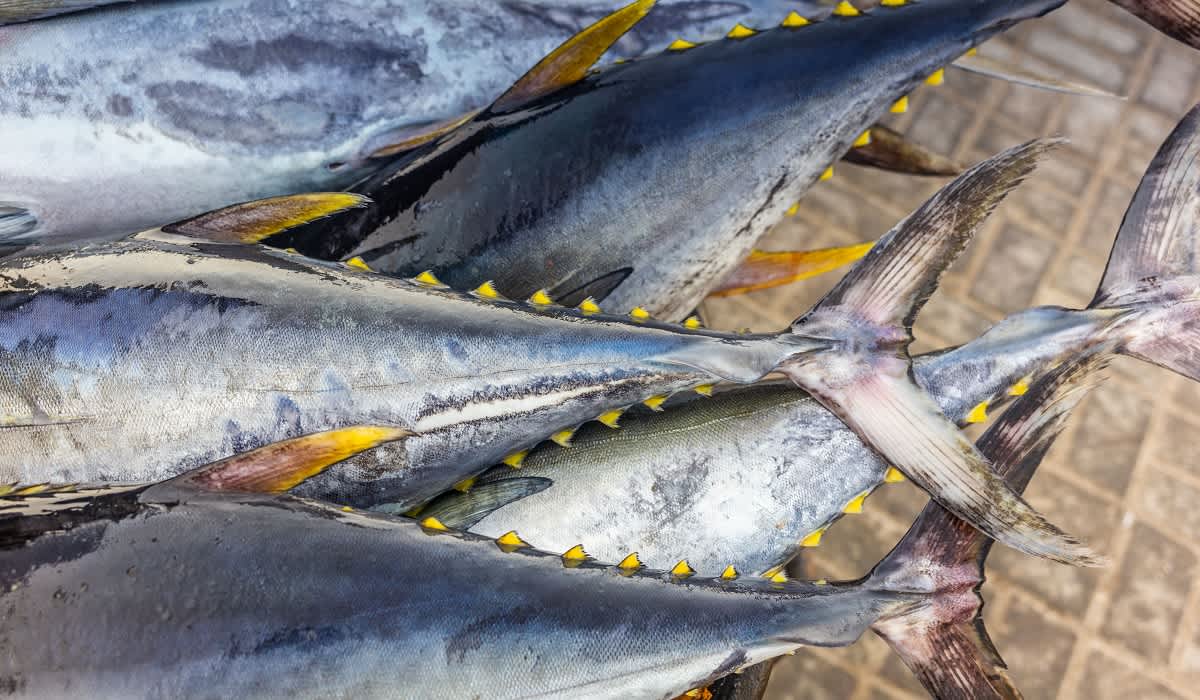Will Synthetic Fish Soon be Served as “Catch of the Day”?
OutdoorHub Editor: Keenan Crow 03.26.20

Chances are – whether shopping for groceries or dining at your favorite eatery – you’ve been faced with a “meat-alternative” option. And while the thought of such is enough to make my mouth sweat, some folks are now saying synthetic fish could soon be the “catch of the day.”
According to a 2018 report from the UN, Overfishing and global warming have been detrimental to fish stocks, and a third of marine fish stocks are being fished at biologically unsustainable levels.
“Simply put, we are running out of fish,” says Daniel Pauly, a professor of fisheries at the Institute of Oceans and Fisheries at the University of British Columbia. “And the situation, the trend line, is getting worse every year.”
“Maybe centuries ago we could live off hunting for our food but we can’t live off hunting today and fishing is hunting. The notion of hunting in the 21st century to feed 10 billion people is absurd.”
Some fish farms are trying to do their part to take pressure off wild stocks, but a handful of start-up firms believe they may have an even better solution to our problem: growing fish “meat” in labs. (And you thought your co-worker’s microwaved cod was gross..)
“Picture it like 3D printing, but we’re 3D printing fish,” explains Michael Selden, chief executive and co-founder of lab-grown fish start-up Finless Foods.
Another start-up company, Wild Type – based out of San Francisco – is on a similar mission, but focusing on a different species; Pacific salmon.
By now, you’re probably wondering about the high costs of creating fish in a lab vs. the actual demand for such a product, but Justin Kolbeck, CEO, hopes to make his lab-grown fish affordable for fish-loving consumers.
“Our goal is to eventually drive down the price of our salmon to have its price run lower than conventionally-harvested salmon.”
Meanwhile in Singapore, Shiok Meats has been experimenting with lab-grown crustaceans such as shrimp. How? You ask..
By taking a small sample of stem cells from a live shrimp, they then grow the tiny critters in large quantities inside a bioreactor chamber – much like the giant stainless steel tanks you may have seen at your local brewery station. These tanks are ideal, because they’re able to maintain a constant (and specific) pressure/temperature, all the while bathing the cells in gases and a nutrient-dense liquid. The company is reportedly eyeing a launch of its minced shrimp product sometime in 2021, distributing it first in Singapore and then across East Asia.
It’s important to point out here, that the environmental claims behind this idea have not been completely verified yet.
According to BBC, a professor at the University of Guelph in Ontario, Canada suggested “while cell-based meats indeed have a smaller carbon footprint than traditional protein sources, they will still require ‘a lot’ of electricity.”
You might have already gained a sense of where I stand when it comes to “lab-grown” meat, but that’s just my opinion. What do you all think? Am I missing out on something?

